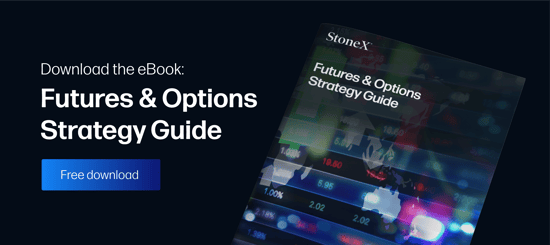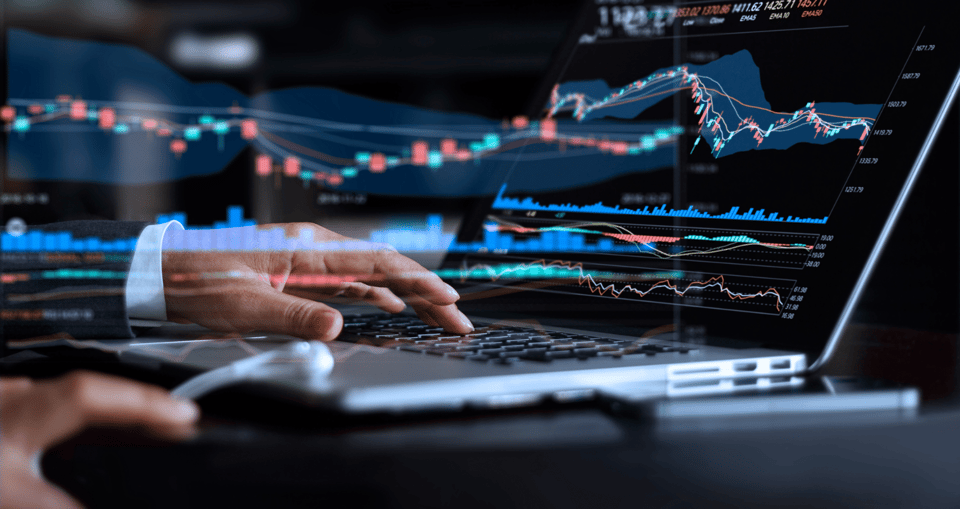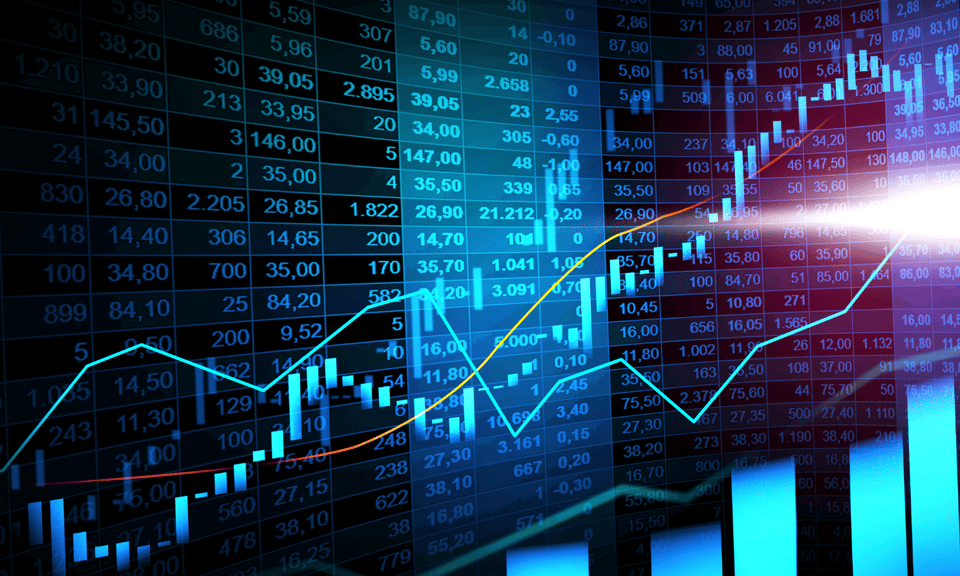In futures trading, there are two types of volatility: historic and implied. Although both address the behavior of price action, they are very different concepts. Read on to learn more about implied volatility and how it is interpreted in the live market.
Understanding Implied Volatility
According to Investopedia, implied volatility (IV) is “a metric that captures the market’s view of the likelihood of changes in a given security’s price.” In simpler terms, IV is a projection of future price action. By contrast, historical volatility (HV) refers to a product’s past price action. Active traders use both types of volatility to predict market behavior, build strategies, and craft trading decisions.
Futures traders typically view IV as a barometer of risk. Essentially, as a market’s IV rises, so does the probability of future pricing volatility. This is especially useful information for active traders because market exposure may be customized in anticipation of turbulent conditions.
One of the premier tools used to monitor the degree of IV facing U.S. stocks is the Chicago Board Options Exchange (CBOE) Volatility Index (VIX). Commonly referred to as Wall Street’s “fear gauge,” the VIX measures IV as it relates to the S&P 500 options chain. During periods of extreme uncertainty, the VIX becomes a go-to indicator for active traders worldwide.
The VIX is a great illustration of how IV is interpreted by market participants. Amid the coronavirus (COVID-19) financial panic of March 2020, VIX readings spiked above 75.00. This figure was well above its long-term average (20.00-22.00) and a level not seen since 2008’s global credit crunch. The mid-March spike in the VIX coincided with a historic equities market sell-off as traders prepared for extended COVID-19 uncertainty. Basically, as implied volatility rose, traders and investors began speculating, limiting risk, and bracing for the future.
Interpretations of IV in the Options Market
The March 2020 COVID-19 panic and VIX readings provide a prime example of how implied volatility can influence market sentiment. However, during periods of robust IV, options traders don’t go on holiday―they go to work.
In options trading, a contract’s value or premium depends on several factors. The pricing of its underlying asset, strike price, and time until expiration are all key considerations. Accordingly, IV is an approximation of an option’s future value. This relationship becomes evident when examining the relationship between a contract’s IV and its premium:
- High IV: Contracts with high IVs are priced with higher premiums. This is because large swings in pricing create lucrative upsides for option buyers and formidable liabilities for option sellers.
- Low IV: Contracts with low IVs are priced with lower premiums. This is due to modest price action driving minimal benefits to option buyers and limited liabilities to options sellers.
The evolving relationship between an option contract’s value, asset price, time decay, and implied volatility is complex. As a result, pricing models such as Black-Scholes have been created to systematically factor in each of these inputs.
So how does a trader use IV to craft trading decisions? Ultimately, there is no limit to the possibilities. Here are two basic strategies:
- High IV: When IV is high, buying out-of-the-money (OTM) calls or puts is one way to pursue profitability. Although the premiums are elevated, they have a greater chance of cashing in if IV readings prove accurate.
- Low IV: In perceived “quiet” markets, selling at-the-money (ATM) call or put options is a way of generating instant cash flow. Although writing options assigns the seller unlimited exposure, the low IV suggests that potential liabilities may be manageable.
Is It Time to Boost Your Options IQ?
There’s no doubt about it: Options trading has a language all its own. Calls and puts. ATM and OTM. Historical and implied volatility. Are you confused yet? Don’t worry― check out our blog. It features expert market analysis, trading strategies, and much, much more.



